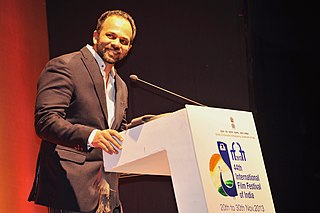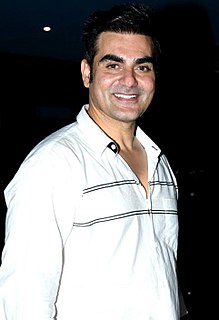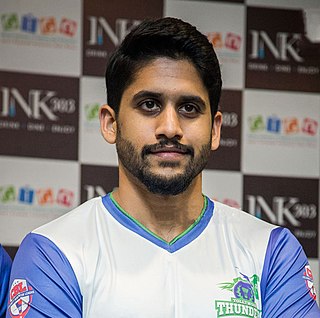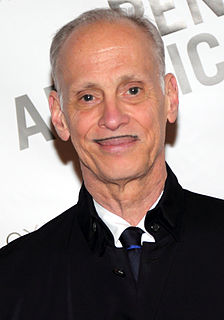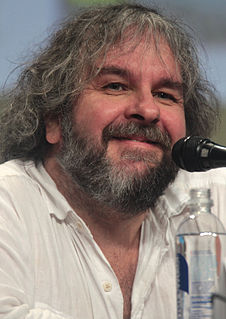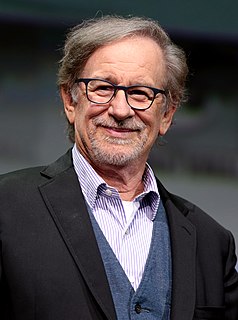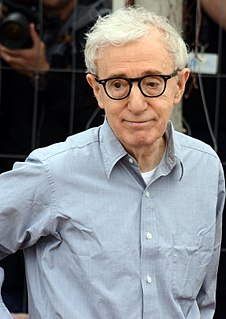A Quote by Rohit Shetty
Even the multiplex audience wants this flavour. No big-budget film can be a commercial hit until it does well both at multiplexes and single screens. 'Ghajini' and 'Dabangg' are examples.
Related Quotes
Filmmakers need to give the audience that something extra, an incentive to spend money and go to the multiplex - the ticket prices are high. Otherwise they'd just stay home, buy DVDs or download movies. But if there were only big budget movies it would be impossible for the film industry to survive. So I emphasize the importance of mid-range films. But those films need the support of theatre owners. The theatre chains have to have the vision to realize the need to support smaller films for the growth of the domestic film industry.
Even when people are watching a movie in a multiplex, they insult the film by constantly checking their phones and flashing lights. At times, even when the audience is being told to not flash their cameras, they do, and you can't do anything because it's a habit for them and they can't stop. I don't want that for myself.
